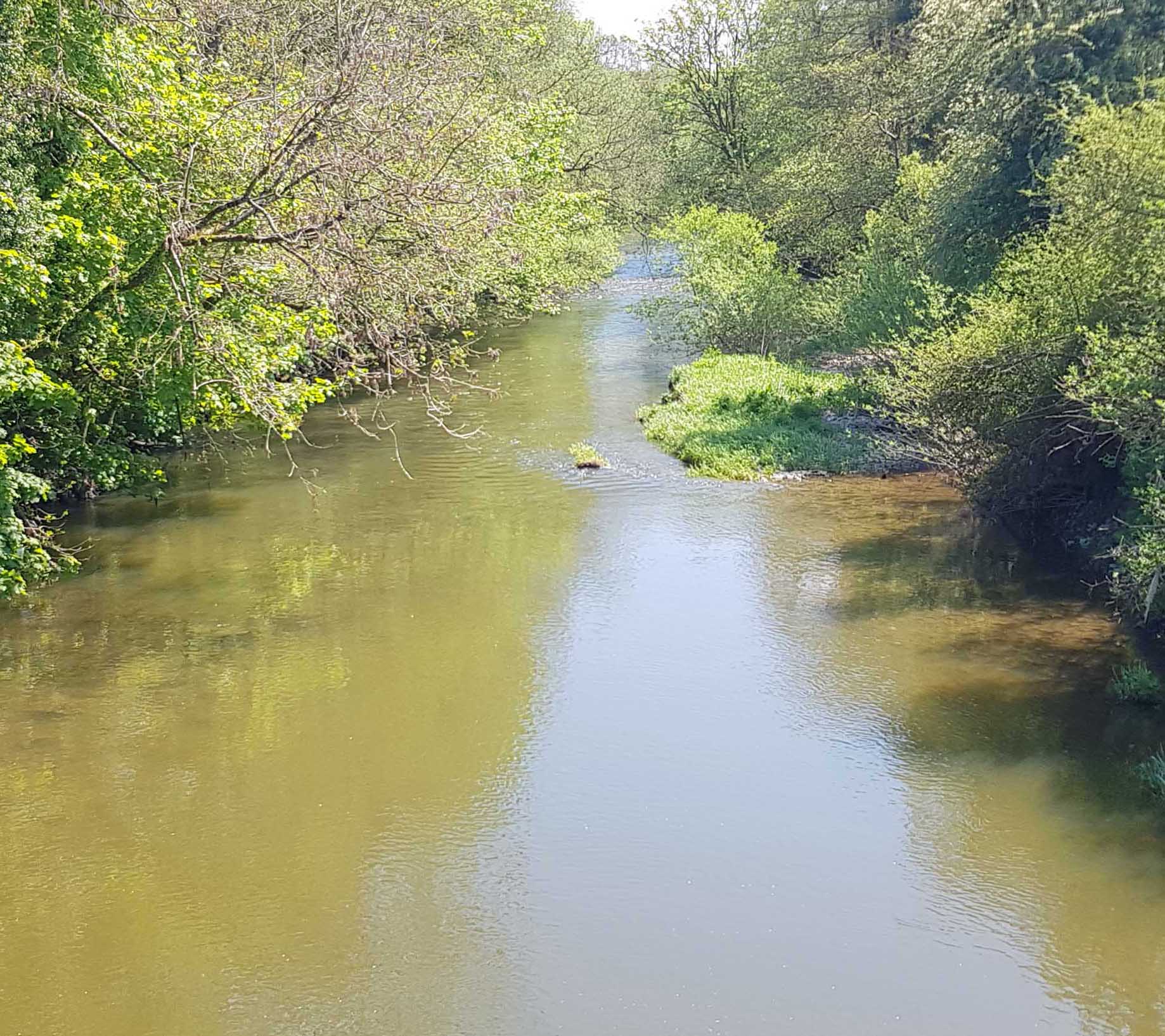Excessive nutrients change the ecology in rivers and can cause severe algal blooms, as seen in the Wye ctachment in recent years.
In addition to energy, AD plants’ end product is digestate, a liquid substance that is high in phosphorus and other nutrients which is usually spread on land.
If that land is already nutrient-saturated (or the digestate is spread in the wrong conditions), it will find its way into a nearby river. Excessive nutrients in rivers change their ecology and can lead to algal blooms.
Digestate can also contain other contaminants that are harmful to the environment such as ammonia and microplastics.
It is not considered a “waste product” by NRW if it is spread on land that is nutrient deficient and has capacity for it. In those circumstances, digestate is considered an agricultural fertiliser and as long as it is spread in certain conditions (e.g. in dry weather), it is not subject to more stringent “waste regulation.”
This all sounds sensible. Yet the lack of any enforcement of spreading in unsuitable conditions or the checking of soils to ensure they have the capacity to receive digestate is concerning. Even if compliant with the guidelines, some digestate will almost certainly enter nearby watercourses. In Wales, most SAC rivers are already exceeding their phosphorus targets.
Our case study shows how digestate spreading can affect rivers.

